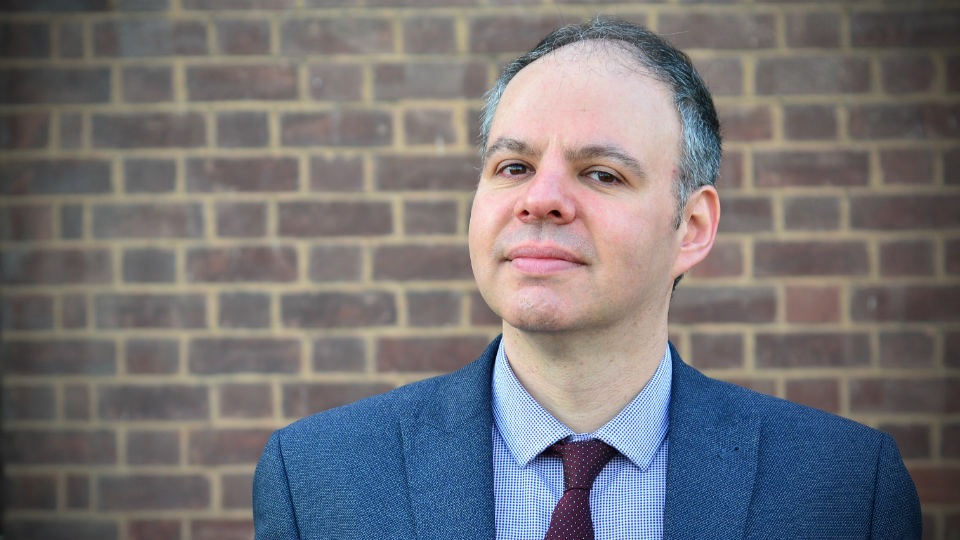Dr Marco Mazza, lecturer in Applied Mathematics at Loughborough University will be presenting at the SpringerNature Journal of Biological Physics Webinar Series on the topic of Swimming cells: a dance of geometry and motion.
The event will be held on Thursday 24th August 2023 at 3PM (Europe/London timezone) and is free to attend. A recording will be made available to those who register in advance.
In recent years, biological motile cells like bacteria and microalgae have attracted enormous interest in the physics community because they establish the most significant example of nonequilibrium systems. Understanding their motion has immense biological and ecological implications. When the motion of a microscopic organism is observed closely, it appears erratic, and yet the combination of nonequilibrium forces and surfaces can produce striking examples of organization in microbial systems. Combining experiments, analytical and numerical calculations [1,2] he demonstrates that intricate patterns can be observed from the level of a single cell exploring an isolated habitat to an entire colony.
In the first part of this talk, Dr Marco Mazza will discuss the influence of boundaries on the motion of a single Chlamydomonas cell. He theoretically predicts a universal relation between probability fluxes and global geometric properties that is directly confirmed by experiments [2]. Our results represent a general description of the structure of such nonequilibrium fluxes down at the single cell level. This might open the possibility of designing devices that are able to guide the motion of such microbial cells.
In the second part of this talk, he will investigate the motility and collective organization of colonies of filamentous cyanobacteria [3]. As their density increases, filaments gliding on a substrate show a transition from an isotropic distribution to bundles arranged in a reticulate pattern. Based on his experimental observations, he introduces a model accounting for the filaments’ large aspect ratio, fluctuations in curvature, motility, and nematic interactions. This minimal model of active filaments recapitulates the observations, and rationalizes the appearance of a characteristic lengthscale in the system, based on the Péclet number of the cyanobacteria filaments.
J. Cammann et al. (2021) Emergent probability fluxes in confined microbial navigation. Proceedings of the National Academy of Sciences, 118(39)
2.
T. Ostapenko et al. (2018) Curvature-Guided Motility of Microalgae in Geometric Confinement. Physical Review Letters, 120(6)
3.
Mixon K. Faluweki et al. (2023) Active Spaghetti: Collective Organization in Cyanobacteria. arXiv
Here's a link where you can find the talk details: https://cassyni.com/events/JVSvW5wtfThagyo1KYcXiM
